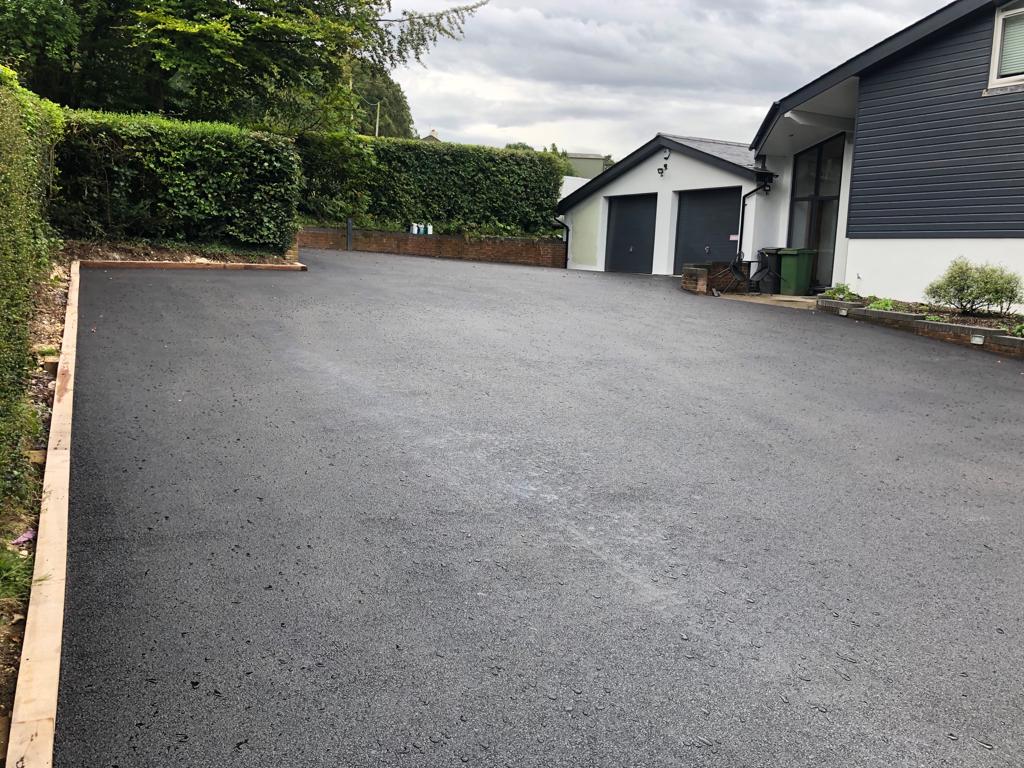Introduction: Potholes, the bane of drivers and pedestrians alike, are a common nuisance on roadways worldwide. These pesky road imperfections pose safety hazards and lead to vehicle damage and increased maintenance costs for municipalities. However, with limited resources and an extensive network of roads to maintain, how do municipalities prioritise pothole repair? In this blog post, we’ll delve into the factors that influence how municipalities prioritise pothole repair efforts to keep roadways safe and functional.
Severity of the Pothole:
- One of the primary factors influencing the prioritisation of pothole repair is the severity of the pothole itself. Municipalities typically categorise potholes based on their size, depth, and location. Larger and deeper potholes that pose immediate safety risks to motorists and pedestrians are often prioritised for immediate repair to prevent accidents and further road damage.
Traffic Volume and Road Importance:
- The traffic volume level and the importance of roads in the transportation network also play a significant role in prioritising pothole repair. High-traffic roadways, such as highways, major arterials, and bus routes, are often given priority due to their critical role in facilitating commerce, commuting, and emergency services. Repairing potholes on these roads helps minimise traffic congestion, improve safety, and maintain the efficiency of the transportation network.
Impact on Public Safety:
- Municipalities prioritise pothole repair based on the potential impact on public safety. Potholes in proximity to schools, hospitals, and densely populated areas are often addressed promptly to ensure the safety and well-being of residents and visitors. Additionally, potholes that pose risks to vulnerable road users, such as cyclists and pedestrians, are given special attention to prevent accidents and injuries.
Budgetary Constraints:
- Budgetary constraints often influence the prioritisation of pothole repair projects for municipalities. Limited funding and competing priorities may necessitate strategic allocation of resources to address the most critical pothole issues first. Municipalities may employ asset management systems and data-driven decision-making processes to optimise resource allocation and maximise the impact of pothole repair efforts within budgetary constraints.
Citizen Reporting and Feedback:
- Citizen reporting and feedback mechanisms are crucial in identifying and prioritising pothole repair projects. Municipalities often rely on reports from residents, drivers, and community stakeholders to identify pothole locations and assess their severity. Citizen feedback helps prioritise repair efforts and ensures that potholes are addressed promptly and promptly.
Conclusion: Prioritising pothole repair is a complex process that requires careful consideration of various factors, including pothole severity, traffic volume, public safety concerns, budgetary constraints, and citizen feedback. Municipalities can effectively prioritise pothole repair projects by adopting a strategic approach to pothole management and leveraging data-driven decision-making processes to enhance road safety, improve infrastructure resilience, and optimise resource allocation.
Call us on: 03 5907 5891
Click here to find out more about Shepparton Road Tech
Click here to complete our contact form and see how we can help with your road needs.

